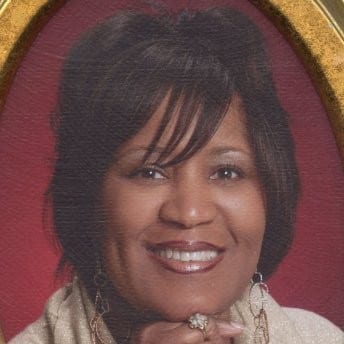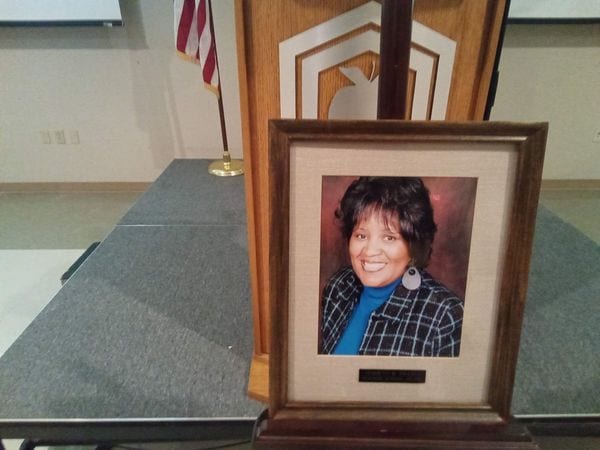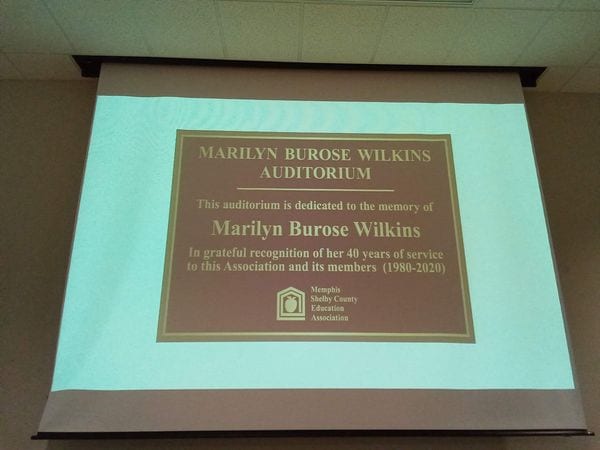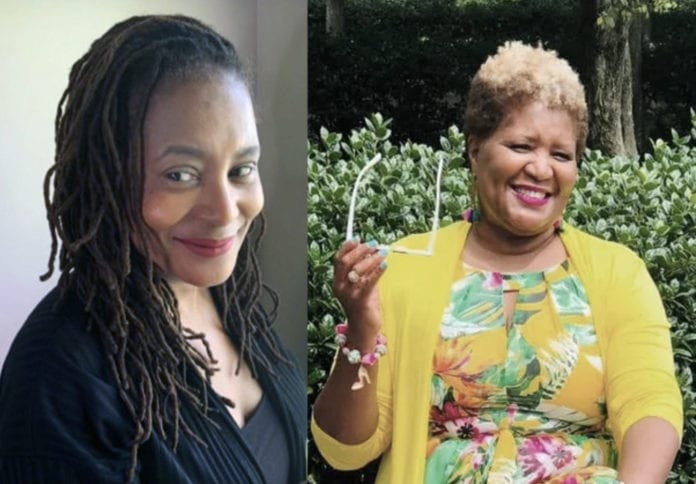by Renee Burose-Squires —
I was prepared for COVID-19.
Sometimes I think I was overprepared and knew too much about coronavirus.
I watched the news incessantly (perhaps it was the former broadcast journalist and news junkie in me).
I paid close attention to the United States’ and world’s death toll displayed on television network news graphics.
I listened to the experts, followed CDC guidelines, tracked the data and watched press conferences day in and day out.
I took note of the fact that Black and brown people were at a higher risk of contracting the virus.
I even prepared for COVID to take the life of someone close to me.
But I was wrong. I was not prepared for the news that was delivered to me on Feb. 4, 2021, that my very own sibling would fall victim to this horrible disease.
My big sister’s death was sudden, and it took everyone in my orbit by surprise.
“A dark winter”
Those three words continue to reverberate in my mind.
I’m not sure who first uttered that warning about what was to come as the infection rate and death toll spiked.
I just know, for some reason, I steeled myself.
Before the start of the school year, I had read stories about fellow educators rushing to prepare their wills. This is getting serious, I thought to myself.
Well, as it turns out, I remembered that I already had a will drawn up pre-pandemic. It just needed witness signatures. So, in November 2020, a fellow teacher and her adult son agreed to be my witnesses. That was that. My affairs were in order.
On Christmas day, about nine months into the pandemic, I reached out to most of my immediate family members and invited them to a Zoom conference.
It was short notice, so I didn’t expect many of them to log in, but to my surprise the familiar faces popped up one by one in the screen of my smart phone.
The majority of them, including my sister, Marilyn, lived in Memphis, 800 miles away from our winter break getaway in North Carolina.

Marilyn, 62, is four years older than I am, and I could always count on her to be the first to say, “count me in.”
She was one of the first to check in. We wished each other a Merry Christmas and caught up on the latest family news. Before logging off, we said our goodbyes and I remember my mother told everyone she loved us.
I know it sounds rather depressing, but I had a sinking feeling that this would be the last time I would see one of my family members.
A month later, in the brand-new year, I looked forward to another virtual gathering — my daughter’s baby shower.
As the grandmom-to-be and host of the Zoom event, I remember choosing Jan. 24 as the day to hold the shower because it would be exactly two months from her due date of March 24.
Jan. 24 also was the day I learned Marilyn had tested positive for COVID-19. She told me the news in a matter-of-fact manner. She was a little more than halfway into a 14-day quarantine.
As far as relatives and friends could tell, Marilyn was symptom free. During the shower, she appeared to be in good spirits-laughing and participating in games. When it was time to end the shower, she asked to stay in the conference a little longer, and I happily obliged.
Her daughter Chante stuck around as well. It had been Christmas since we all got together and caught up, and I sensed that Marilyn was restless and lonely and craved some company.
In the back of my mind, I knew that a person could be asymptomatic and easily pass along the virus. An asymptomatic person could also die of the virus, but as much as I read up on coronavirus, those cases did not stick out to me. After all, some of my closest friends contracted the virus, became very sick and developed complications, but they survived. Marilyn was living with COVID-19, but you wouldn’t know from talking to her.
Six days after the baby shower, Marilyn called me and said the 14-day quarantine was over and she couldn’t wait to leave the house. Alas, her doctor said not so fast. Another test is warranted. I was not surprised to hear this, as it was part of the protocol.
The next day, the results come back positive. It left me puzzled, but I now question why I wasn’t more alarmed.
At the time, Marilyn seemed to handle the news pretty well, texting “2pm CST -Test came back positive, another week of isolation.”
As I re-read her message, I sensed that my response, while encouraging, was a bit trite, “Oh wow, sorry about that. Hang in there.”
An hour later, we were on the phone, Marilyn sounded like her usual self. That was Sunday, Jan. 31. It would be the last time I spoke to her. Four days later, she was found deceased in her home.
Officially, the cause of death was complications from COVID-19.
According to Chante, Marilyn had complained of pain in her leg, and it’s believed she developed a blood clot.
When I got the news, I bawled my eyes out, I wailed, I was in disbelief. I cried out that this can’t be, because I had just talked to her a few days ago. My emotions were raw: I yelled and cursed anyone whom I felt had downplayed the seriousness of this disease and refused to wear masks or keep their distance, going as far as to blame them for her death.

Anxiety grew as the date of the funeral drew close. I wasn’t ready to say goodbye. I got my wish, if only temporarily. The funeral was postponed for a week because of an ice storm in Memphis.
It didn’t take long to thaw, and we eventually celebrated Marilyn’s life on Feb. 24.
The program was titled “Celebration of a Queen,” and the service was fit for a queen, right down to the royal color of her casket.
Everyone dressed in purple or displayed a dash of purple in their attire, as this was Marilyn’s favorite color.
The funeral procession followed a horse drawn carriage bearing her casket to the gravesite, where she was laid to rest not far from my dad’s and two siblings’ gravesites.
Since my sister’s death, I’ve continued to keep up with the news, but not like before. I’m occasionally drawn to the national news infection rate and death toll graphic, but can hardly bring myself to look at the number.
With the announcement of those so-called “grim” milestones, I started to realize that my sister is now a statistic. She is one of the 600,000 plus Americans who have lost their lives to COVID-19.
In late March, we marked what would have been Marilyn’s 63rd birthday. Three months later, she was honored by the Memphis and Shelby County Education Association for 40 years of service. An auditorium was dedicated in her name.

Lately, I’ve been thinking about the conversations my sister and I had earlier in the year about the COVID-19 vaccine.
I received my first dose of Pfizer in late January and am now fully vaccinated. Marilyn had sounded hopeful that she would be vaccinated.
Sadly, it was too late for her.
As much as I prided myself on preparing for the worst, I wish I had more time with my sister to hope for the best.



